
Web Developers
The Coresight Research team attended Cosmoprof North America 2018 in Las Vegas from July 28 to July 31, 2018. Cosmoprof is the leading business-to-business (B2B) beauty trade show in North America and also offers a three-day education program where industry experts share insights and information on key beauty industry trends. Our team attended sessions led by industry experts and met brand owners to discover the newest trends and products. Here are our top beauty takeaways from the event:
1. Functional skincare was the main focus at Cosmoprof 2018; there was very little buzz about traditional color cosmetic products at the show. There were over 26 new products announced in the Cosmoprof Press Preview: 13 of which focused on skincare (eight on face, five on masks), four haircare products and eight “other” products, including brushes, scissors and tattoos. However, there were no new traditional beauty color cosmetic color cosmetics. There was very little talk around formerly traditional categories of beauty (like lip and eye color and face colors).
2. The clean and “free-from” beauty category is trending upward across skincare and haircare products to include: allergy-free, sulfate-free, paraben-free, gluten-free, fragrance-free, alcohol-free, silicone-free and cruelty-free. With consumers’ increasing sensitivities and allergies, brands are expanding the list of “free-from” ingredients.
3. An anti-Amazon sentiment among brands seemed to pervade at the conference, due to presence of counterfeits and the lack of brand protection. Brands spoke openly about having problems with counterfeits selling on Amazon and the platform hurting sales. Some brand executives were comparing Amazon with e-commerce giant Alibaba, suggesting that Alibaba is offering more brand protection against counterfeiting on its platforms than Amazon does. E-commerce was a hot topic of discussion throughout the show, both informally and in scheduled sessions, and a number of executives we spoke with agreed, saying that they think Alibaba is doing more to fight counterfeiting than Amazon is. There was also a general sentiment among brands and retailers that selling on cross-border platforms, including Alibaba’s, and expanding into global markets, is a top priority. Entrepreneur Alisa Marie Beyer highlighted that “Amazon killed 50% of my boutique sales” when she started her luxury bath and body care company Coastal Salt & Soul dedicated to healthy, hydrated skin.
4. There was much conversation about cannabis beauty products at Cosmoprof, although very few products containing cannabidiol (CBD), a compound found in the cannabis plant, were actually on display. The general consensus among show attendees and brands is that cannabis products are going to explode within the next few years. In the words of one attendee, “Cannabis will be like lavender within five years.” Cannabliss, an organic skincare and home product line, sells organic hemp oil and CBD-infused skincare. Hemp oil and CBD oil are said to energize the skin’s outer layer, revitalize nails, and reduce the symptoms of psoriasis and chronic arthritis.
5. High-performing plant-based skincare products are growing in popularity. Cosmoprof’s Discover Green area featured new brands that are focused on nut- and plant-based ingredients. For example, Pili Ani’s skincare line is based on the nutritionally-rich pili nut, which grows wild on trees in the Philippines. The nuts are most commonly eaten as a sweet, high-protein snack, but they are also a natural source of antioxidants and linolenic acid, which are said to have anti-inflammatory and moisture-retentive properties when applied to the skin.
Pili Ani Founder Rose Tan said that she founded the company after her father, a believer in local farming, bought what amounted to a warehouse full of pili nuts from local farmers in a particular region in the Philippines, and then had to figure out what to do with the nuts. Tan said that the farmers and residents in the region had naturally beautiful skin, so the family decided to embark on a skincare line that leveraged the nuts’ anti-inflammatory qualities. Pili Ani’s Intense Hydrating Facial Cream and Facial Oil both feature high concentrations of pili oil. Meant to be used in tandem, the skin-softening and anti-aging treatments are two of the company’s most popular products.
6. Rainbow colors and hues have gone mainstream for hair. Intense color and vibrant colors and hues including blues, greens, greys, pinks, purples, greys and yellows—all colors of the rainbow were seen throughout the exhibitor space and everywhere at the conference. Many attendees had colored hair in every shade and gradient. Product offerings include at-home rinses and sprays.
7. Beauty brands are creating solutions to reduce resource wastage and damage to the environment. Reise is beauty brand that is replacing some plastic in its packaging with material made from rice bran. The brand’s website says that “life without garbage is a sustainable life.” At Cosmoprof, the brand’s representatives said that it is committed to implementing this concept at every stage of the product lifecycle, from product design to raw material composition to manufacturing, packaging and transportation, and even final waste disposal. “We are striving to minimize the impact on the environment, and try[ing] our best to reduce consumption and waste and to invest in the earth’s endless vitality,” says a brand statement. By replacing some of the plastic in its packaging with material made from rice bran, Reise says that it has reduced its plastic use by 46%, its energy use by 36% and its carbon dioxide emissions by 38%.
8. Beauty brands are becoming more innovative with natural ingredients, and some are using ingredients few have heard of to solve consumers’ beauty problems. ONNE is an Australian skincare brand that incorporates the adzuki bean as a natural cleanser in its face scrub. The brand reports that women have been using this “powdered delicacy” for thousands of years to achieve beautiful skin and that Japanese men and women used the bean powder to cleanse and purify their skin as early as the 18th century.
9. The beauty sleep category includes sleep powders that also contain ingredients to help improve the skin’s condition, reduce eye wrinkles, boost collagen, thicken hair and strengthen nails. Dream Water created a beauty sleep aid with melatonin, GABA and 5-HTP that is designed to help consumers fall asleep naturally, while also supplementing the body with hyaluronic acid, biotin, bamboo silica extract, choline bitartrate and Juvecol.
10. Trends in gender-neutral beauty packaging include simple designs with black letters and white backgrounds. Two of the brands featured in the Discover Green exhibit area and one in the Beauty Vanities area of the show floor offered unisex beauty products.
 Beauty brand Asher Morgan Be Bountiful made with acai berry oil, broccoli seed oil, moringa oil; mineral-oil-free, sulfate-free, paraben-free, phthalate-free, gluten-free, cruelty-free.
Source: Coresight Research
Beauty brand Asher Morgan Be Bountiful made with acai berry oil, broccoli seed oil, moringa oil; mineral-oil-free, sulfate-free, paraben-free, phthalate-free, gluten-free, cruelty-free.
Source: Coresight Research Beauty brand Restore by Doctor Rogers paraben-free, phthalate-free, allergen-free, BPA-free, petroleum-free and free from animal testing.
Source: Coresight Research
Beauty brand Restore by Doctor Rogers paraben-free, phthalate-free, allergen-free, BPA-free, petroleum-free and free from animal testing.
Source: Coresight Research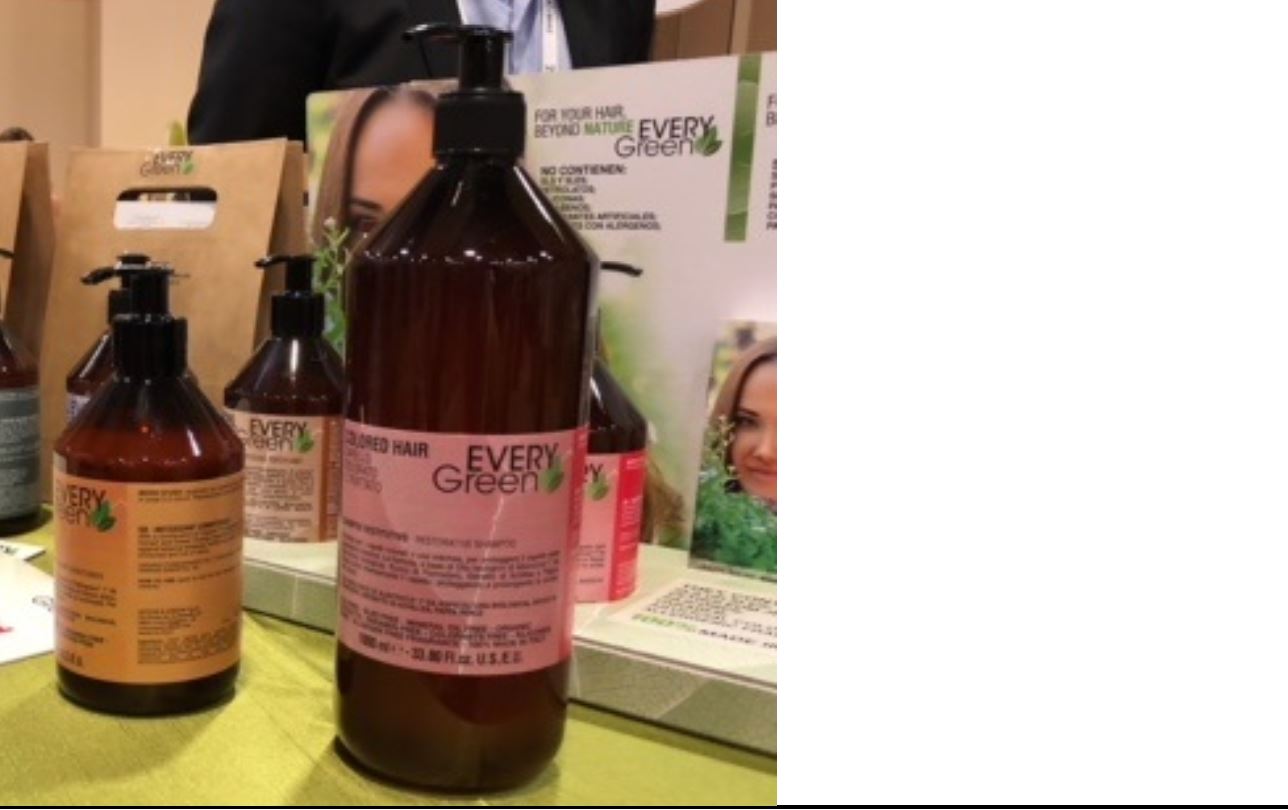 Beauty brand Every Green restorative shampoo; free from SLS and SLES, petroleum jelly, silicones, parabens, artificial colorants.
Source: Coresight Research
Beauty brand Every Green restorative shampoo; free from SLS and SLES, petroleum jelly, silicones, parabens, artificial colorants.
Source: Coresight Research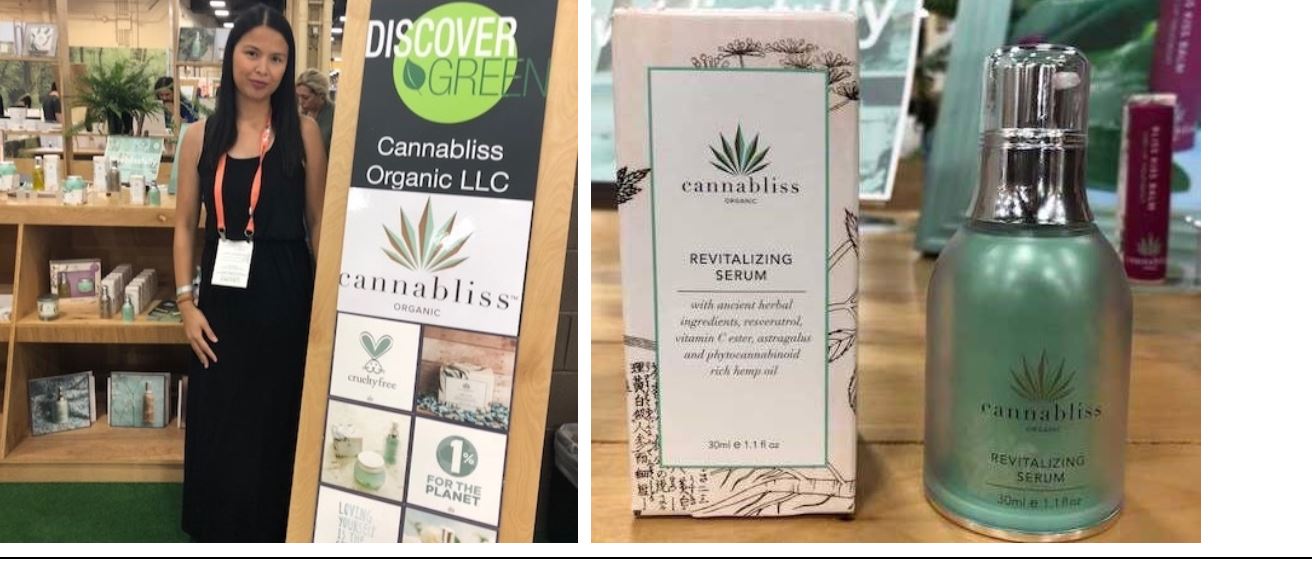 Beauty brand Cannabliss offers organic skincare and home products.
Source: Coresight Research
Beauty brand Cannabliss offers organic skincare and home products.
Source: Coresight Research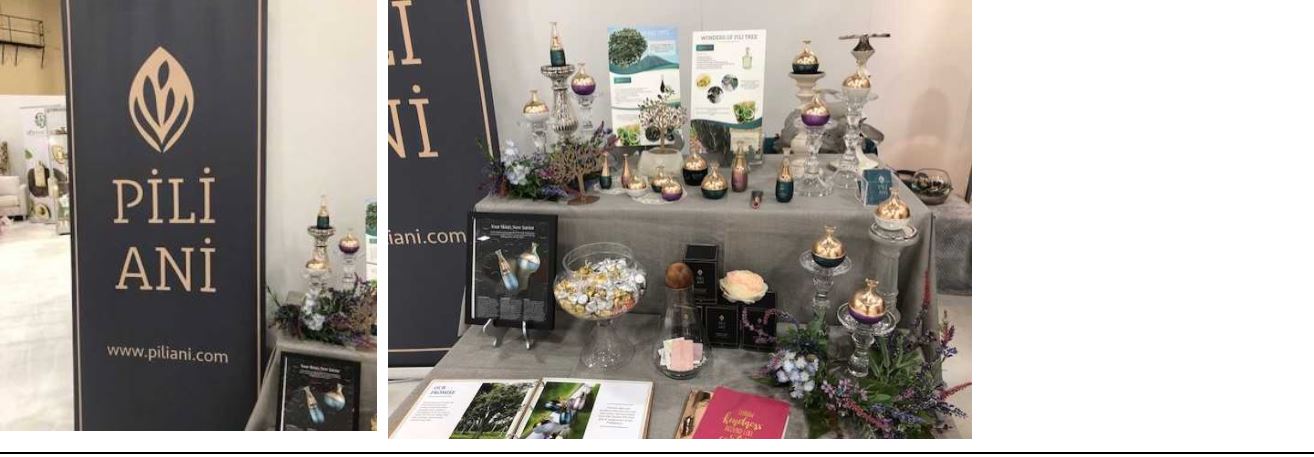 Beauty brand Pili Ani offers high-performing plant-based skincare products.
Source: Coresight Research
Beauty brand Pili Ani offers high-performing plant-based skincare products.
Source: Coresight Research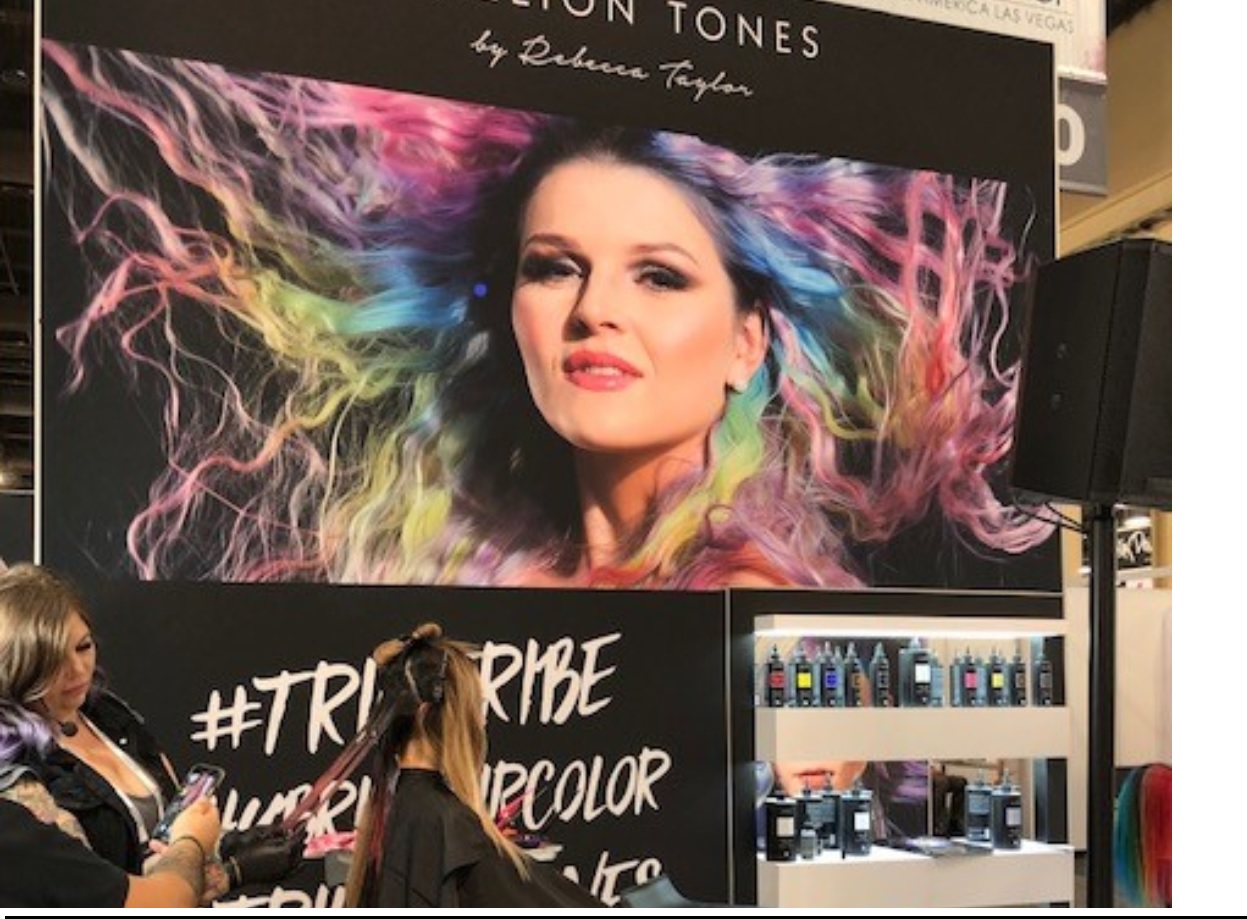 Cosmoprof, North America
Source: Coresight Research
Cosmoprof, North America
Source: Coresight Research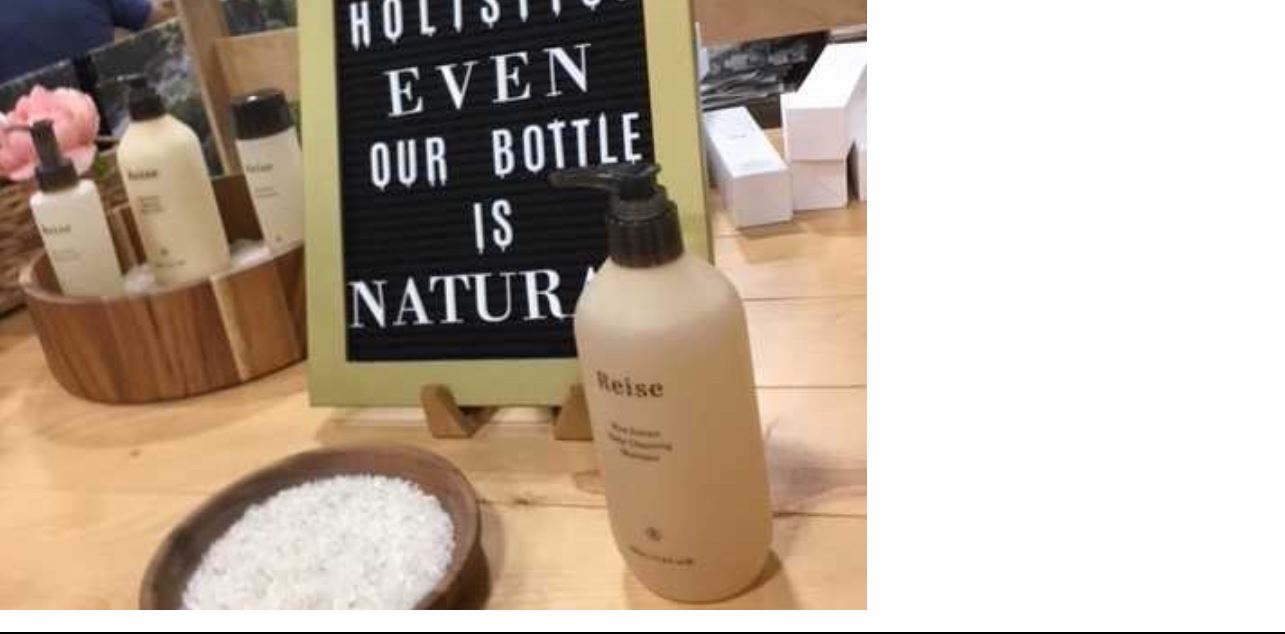 Beauty brand Reise is replacing some of the plastic in its packaging with material made from rice bran.
Source: Coresight Research
Beauty brand Reise is replacing some of the plastic in its packaging with material made from rice bran.
Source: Coresight Research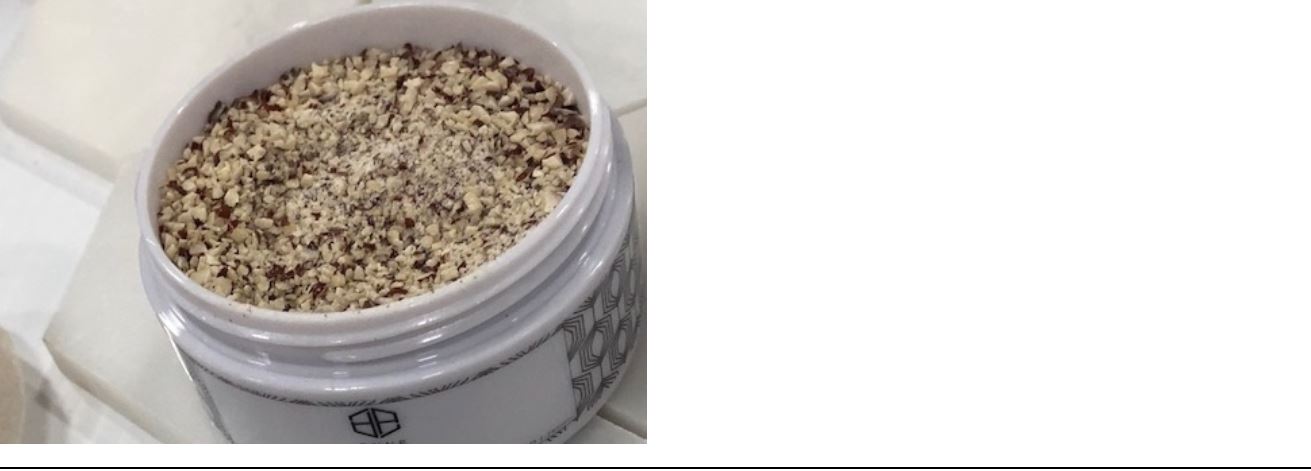 Beauty brand ONNE is using the adzuki bean, a natural cleanser, in its facial scrub.
Source: Coresight Research
Beauty brand ONNE is using the adzuki bean, a natural cleanser, in its facial scrub.
Source: Coresight Research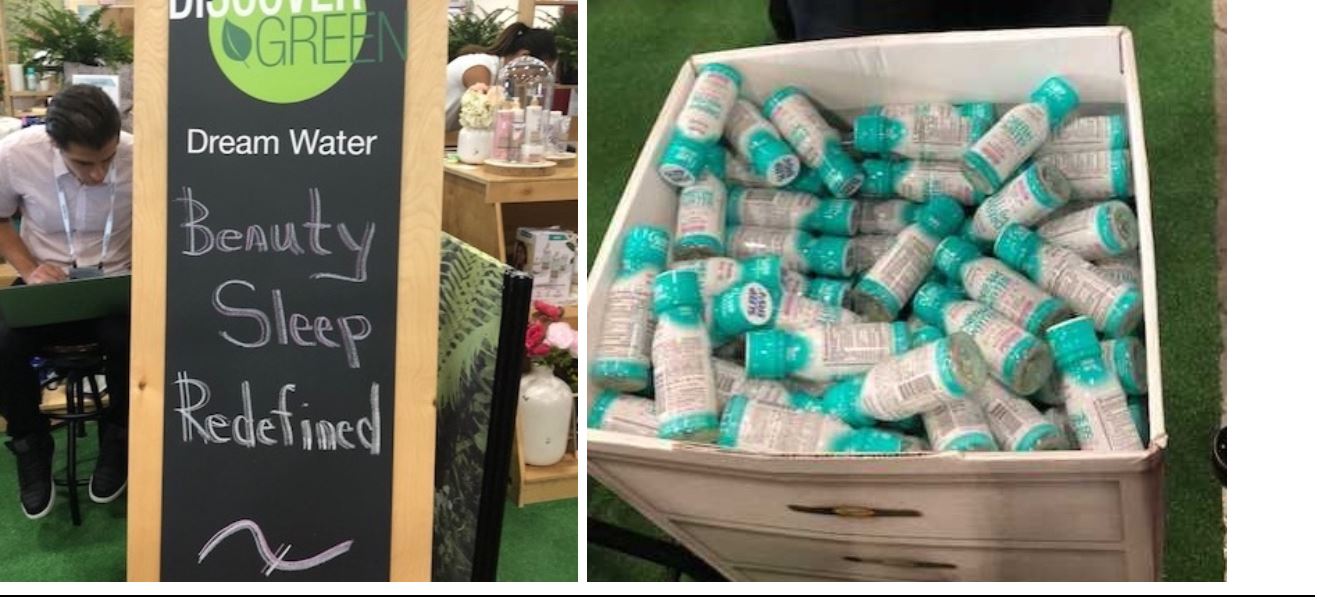 Beauty sleep brand Dream Water makes products that help users fall asleep and also contain skin-improving ingredients.
Source: Coresight Research
Beauty sleep brand Dream Water makes products that help users fall asleep and also contain skin-improving ingredients.
Source: Coresight Research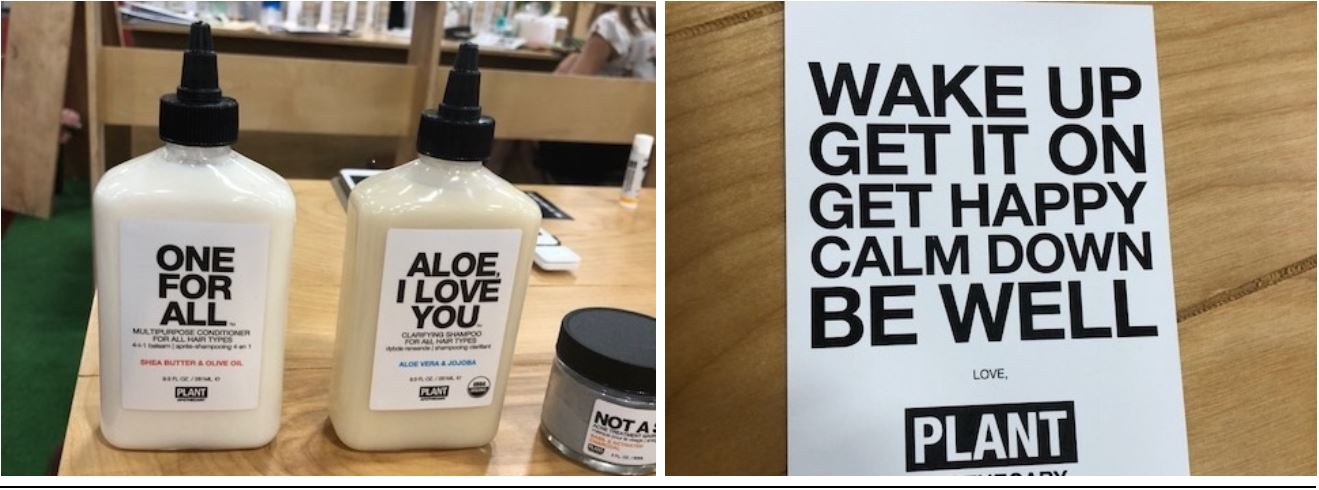 Beauty brand Plant Apothecary offers unisex products.
Source: Coresight Research
Beauty brand Plant Apothecary offers unisex products.
Source: Coresight Research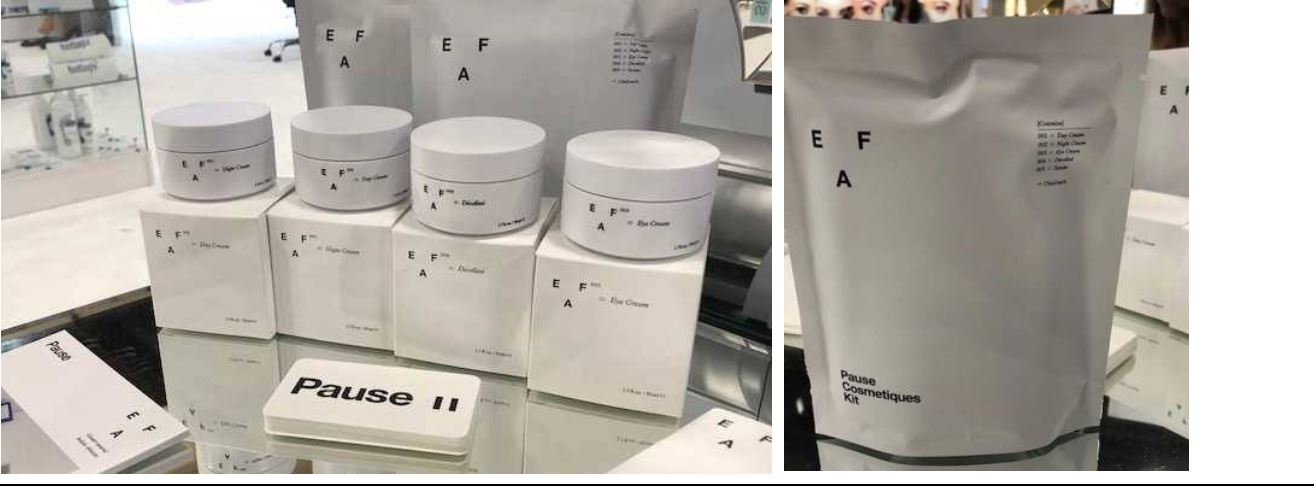 Beauty brand Pause offers unisex products.
Source: Coresight Research
Beauty brand Pause offers unisex products.
Source: Coresight Research